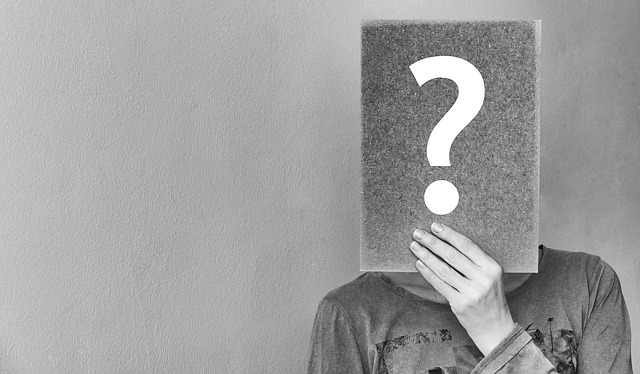
You can't use a screwdriver to hammer a nail. Likewise, you can't use a semicolon to introduce a list.
Punctuation marks are like tools. The best writers know how to implement them. If you're looking to build your next masterpiece, try these tips.
The Semicolon
It's just a dot on top of a comma, but for many of us, the semicolon is pretty scary. When do we use it? How do we use it correctly?
Put simply, a semicolon joins a pair of independent clauses. If you think of it as a replacement for the word "and," you'll be right most of the time. For example, "I ate Taco Bell for lunch; it was a great decision." Both clauses in this sentence could stand on their own. However, the semicolon expresses an intimate connection between them. Like cheese and a burrito.
Punctuation and Quotation Marks
You might've found yourself asking this question: "Which punctuation marks go inside the quotes and which ones outside?" Let's start with periods and commas.
In American English, periods and commas always go inside quotation marks. However, in British English, they go inside or outside. Not bad so far.
But what about question and exclamation marks? Depends on the sentence. If the punctuation is part of the quote itself, it should go within the quotation marks. If it's not part of the quote, it should go outside. Check out these examples.
Do you like the Drake song "In My Feelings"?
Have you heard "Everybody Wants Some!!" by Van Halen?
Since there's no question mark in the title of the Drake song, the question mark goes outside the quotation marks. Since the Van Halen song has exclamation marks in its title, they're included within the quotation marks.
Using the Ellipsis
I love the ellipsis. It's three little dots joined together, like this…
Most often used in dialogue, an ellipsis expresses an incomplete thought or more to follow. Take the following examples:
"I mean, I don't really like country music, so…"
"We'll have more to report as the game unfolds…"
Though probably not technically correct, some use ellipses all on their own, usually to express a moment of awkward silence. Like this:
"Hey, did you end up passing math class?"
"..."
I'll admit, I'm partial to the stand-alone ellipsis myself.
In Conclusion
I hope you've added some new tools to your toolkit. Use them, enjoy them, and make your writing better!

